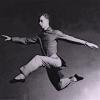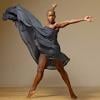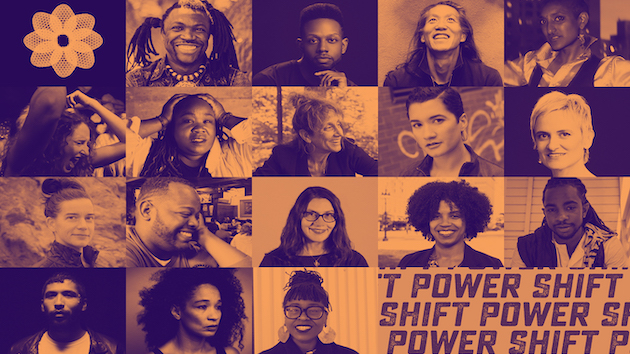
If Hope Mohr Dance in 2020 was a home renovation, it might be called a teardown and rebuild. Gut the property, salvage and reclaim the best parts, create a new structure illuminated with balance, transparency, and a commitment to sustainability. Build an inclusive, welcoming space that is resilient, durable, expressive, and active, one that serves not only as a home base but as a model for future variations and development.

With the converging forces of the 100th anniversary of women winning the right to vote, the #MeToo women’s movement, economic and racial disparities laid bare by COVID-19, and Black Lives Matter protests spotlighting rampant systemic racism worldwide, change agents in the dance community are demanding that long-overlooked inequities be torn down and addressed. Hope Mohr Dance, founded in 2008 and led by choreographer Hope Mohr, a white woman, is stepping into that fraught territory to perform a complete restructuring.
“HMD has transitioned to an equity-driven model of distributed leadership,” Mohr writes in an email. “Under this model, leadership and the curatorial narrative are shared equally among myself, Cherie Hill, and Karla Quintero.”
Co-Director Cherie Hill is a dancer, scholar, educator, and the company’s Director of Art in Community. Co-Director Karla Quintero is a performing artist, arts administrator, and HMD’s Director of Marketing and Development. Together, Hill, Mohr, and Quintero direct the company’s Bridge Project.
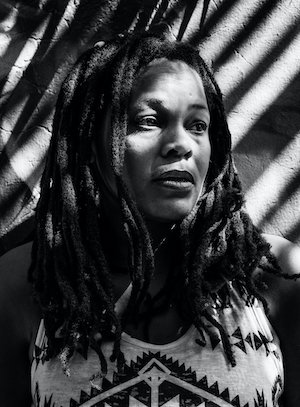
Honoring its 10th anniversary, this year’s Bridge Project will reflect the recent leadership pivot in “Power Shift: Improvisation, Activism, and Community.” The 10-week series of residencies, workshops, training sessions, and performances — some streaming online, others conducted in-person with safe distancing and mask requirements — were co-curated by the company’s three directors. The project’s theme centers on improvisation and dance as activism.
In an interview, Quintero says the new model of leadership is dynamic and fluid, much like the practice of improvisation. “It takes trust building. Specific to the Bridge Project, we share everything from production to implementation. We have each put in the same amount of time in curatorial decisions. We are committed to the programming and invested in new ways of working. We’re up front about our learning.”
Being up front means the company’s website opens the book on its distributed leadership actions: work with equity-driven consulting group LeaderSpring, board-level shifts, and curatorial distributions made outside of the traditional nonprofit model to put more decision-making in the hands of collaborating artists, activists, and professionals working in fields other than dance. Other initiatives include pay equity among staff and providing opportunities and leadership roles for artists of color.
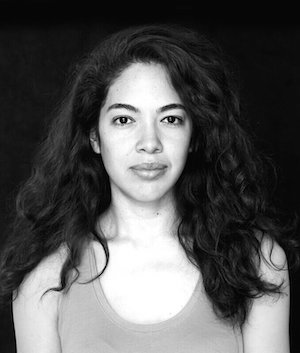
“We think it’s important to start as an organization to share the resources we have,” says Quintero. “This means we help artists cultivate their own relationships for projects beyond the ones they do with us, instead of defaulting to us as the parent organization. We can elevate the work they do by flattening the paternal relationship. That way, the programming becomes more bi-directional.”
In this environment of open investigation, the Bridge Project’s exploration of improvisation and dance as social action offers intriguing possibilities. Berlin-based director, choreographer, and teacher Judith Sánchez Ruíz will conduct a weeklong residency that includes improvisational coaching intensives in small groups and two performances. An Arts and Activism workshop (with no dance background required) has participants joining New York-based Gibney Company Directors Nigel Campbell and Amy Miller to address gender-based violence and the ways art can be mobilized to become a vehicle for social change.
Contemporary dance artist Onye Ozuzu approaches improvisation within a movement practice that includes street dance, club culture, aikido, salsa, capoeira, house dancing, and West African music, culture, and traditions. Quintero expands:
Looking at improvisation from all these different movement traditions, given the current context of the pandemic when there’s uncertainty, grief, hardship ... this feels timely. Onye’s workshop activity gives tools for deep listening, personal expression, to dream different realities. In highlighting improvisational actions of artists of color and queer artists, in thinking beyond college educated dancers whose training centers on white artists, these artists we are bringing are rooted in art forms that draw from many improvisational histories. Acknowledging the contribution of people of color to improvisation is important. Those contributions have been largely excluded.”



